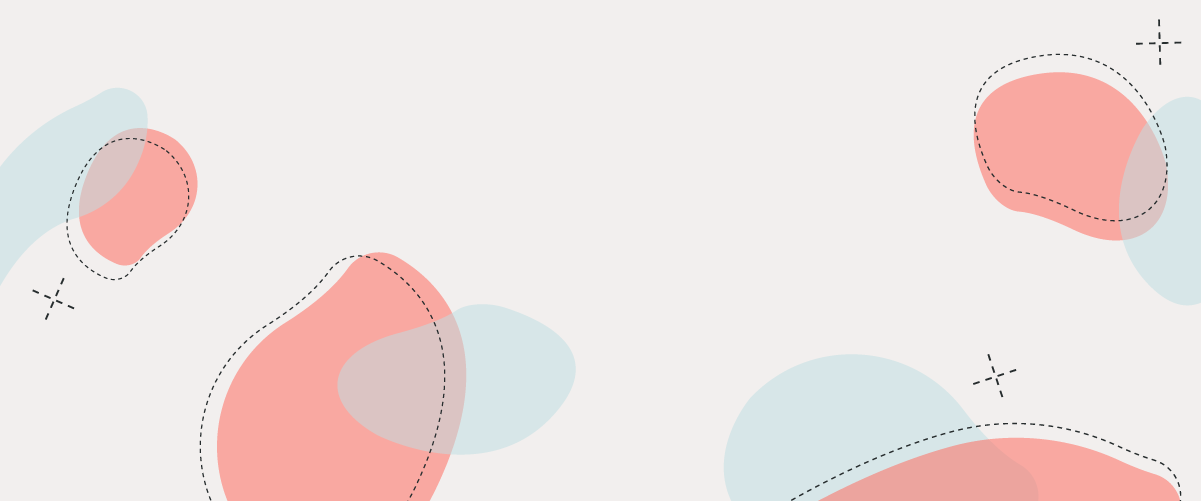
Adding Intersection Observer to your Vue animation
Estimated reading time:
4 minutes
4 minute read
Posted on May 11, 2022
May 11, 2022
Let’s explore the intersection between animation and scrolling with Vue.js and the native Intersection Observer API. This is the second blog post of a three-part series.





